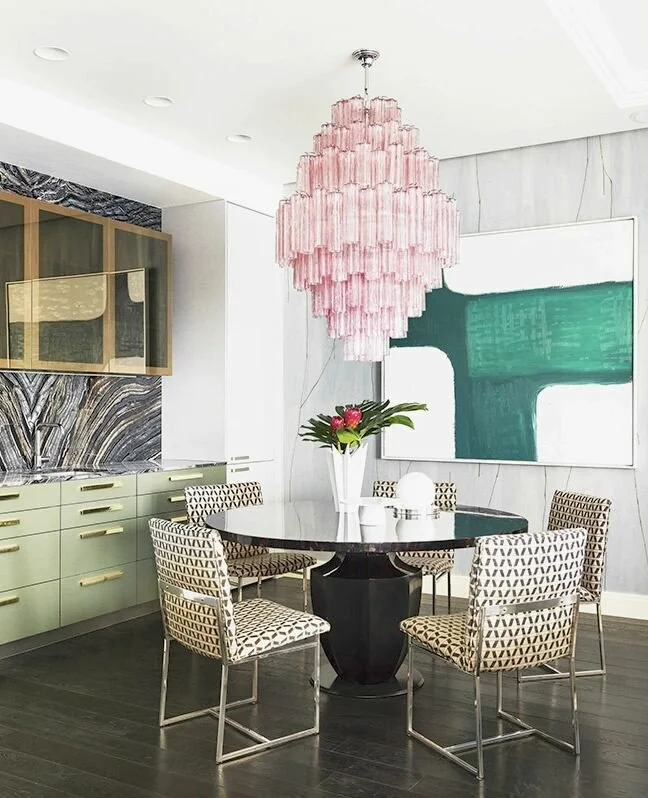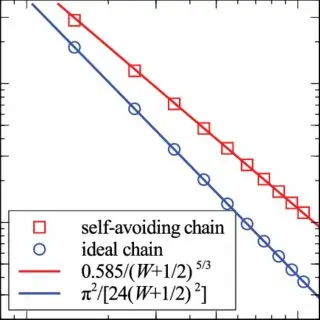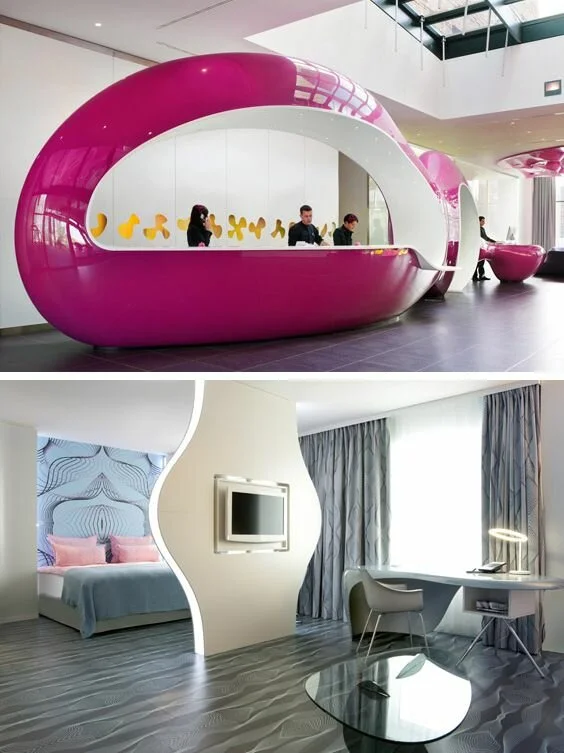1. Joseph Diran / Carlo Scarpa
Joseph Dirand Architecture, Paris.
“I have experienced periods of passion for many designers, my taste is constantly evolving. But today, definitely, my hero is Carlo Scarpa. In his works there is a special germination of classics. He often had to reconstruct historical buildings, invade layers of centuries ago, enter into a dialogue with the past. He manifested himself as a great artist in composition, choice of materials, in line, rhythms. It seems to me that this is what fascinates him in his works.
The Kverini Stampalia Foundation, Carlo Scarpa, reconstructed the first floor of a historic building in 1961-1963.
In addition to the amazing dialogue of classics and modernity, in his works there was perfectionism of the highest level. You can enlarge any detail of its subject – a screw, a screw, a joint – and each time you will see that everything is perfectly thought out. He had just a maniacal attention to detail. That’s why his things look simple and very expensive at the same time. “
2. Akilla Salvani / Joe Ponti
“The biggest influence on my work was the Italian school of rationalism of the 1930s and 1960s. It is based on the synthesis of different directions of European modernism, but the Scandinavian design had a special impact on the Italians: the works of Alvar Aalto, Gunnar Asplund, Sigurd Leverents, for example. They practiced a softer version of modernism than it was in Le Corbusier and Mies van der Rohe with their rigid geometry. “Northern” style was much closer organic.
Church of San Francesco d’Assisi al Fopponino, architect. Joe Ponti, 1958-1964.
Italians such as Joe Ponti, Paolo Buffa and Tomaso Buzzi, took the ideas of rationalism, but softened it through classical training, style and reliance on national heritage. If I selected one figure, I would call Joe Ponti. He was universal – a designer, an arbiter of taste, a collector. What he did not design! All his projects are directed to the future, but they always have an internal connection with the past. “
3. Andre Fu / Jean-Michelle Frank
Adre Fu Living and AFSO, Hong Kong.
“The multidimensional work of the French interior designer and furniture maker Jean-Michel Frank had a strong influence on my aesthetic education. I feel in him a brilliant visionary, a visionary. His sense of space gave his objects an amazing purism, his subjects are simple, rich and elegant at the same time.
Low cabinet, Diz. Jean-Michelle Frank, Chanaux et Pelletier, 1935.
I especially like how he used marquetry from straw. The best example is a cabinet made of sycamore, designed by him for Chanaux et Pelletier in 1935. I feel in his things some kind of secret, they know how to seem timeless and for years to keep a sense of novelty. “
4. Rose Uniak / Eugenia Errasuris
Rose Uniacke, London.
“Eugenia Errasuris is the daughter of a Bolivian silver magnate, was born in Chile, but after marrying the painter Thomas Errasuris, moved to Paris. There she became a benefactor, patroness of the arts. In its circle included Cocteau, Diaghilev, Stravinsky and, of course, Picasso, who idolized her. At this time, her husband met with John Singer Sargent, for whom she posed several times.
At the end of her life, Eugenia became a Franciscan nun and wore only black clothes that she wore for Coco Chanel. Eugenia Errasuris repeated the mantra that “elegance is an exception.” She also acted as a mentor of Jean-Michel Franck, whom she met in 1927. Showing a taste for minimalist interiors (Errasuris could not stand trinkets and extra things), she was ahead of her time. “
5. Martin Brudnicki / Gunnar Asplund
Martin Brudnizki Design Studio, London.
“The National Library in Stockholm Gunnara Asplunda is a cult” behemoth “of early modernism. It stands in Vazastan near the Church of Adolf Frederick, a city landmark erected two centuries earlier. These two buildings are two key points of the history of national architecture. The church was built at a time when Sweden was studying classics, reinterpreting Roman monuments. The Asplund Library is an example of an extremely simplified classical form, a visible transition from neoclassicism of the twentieth century to modernism.
Stockholm Public Library, architect. Gunnar Asplund, 1928.
I grew up in Stockholm, a stone’s throw from these buildings. And they had a huge impact on my way of thinking. I like Asplund’s subjects in that they almost always show how the classical form is transformed into a modern one. His style is an important milestone of the twentieth century. “




